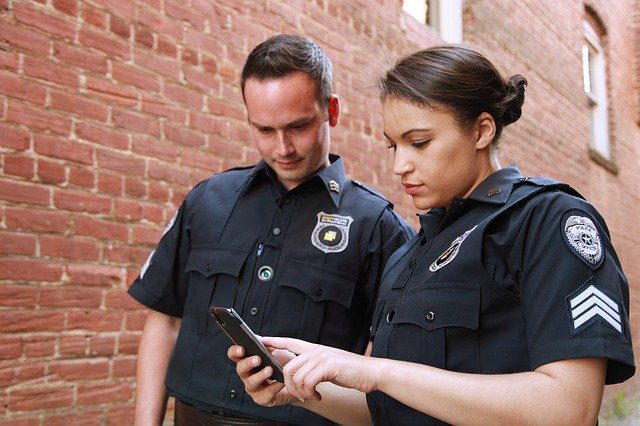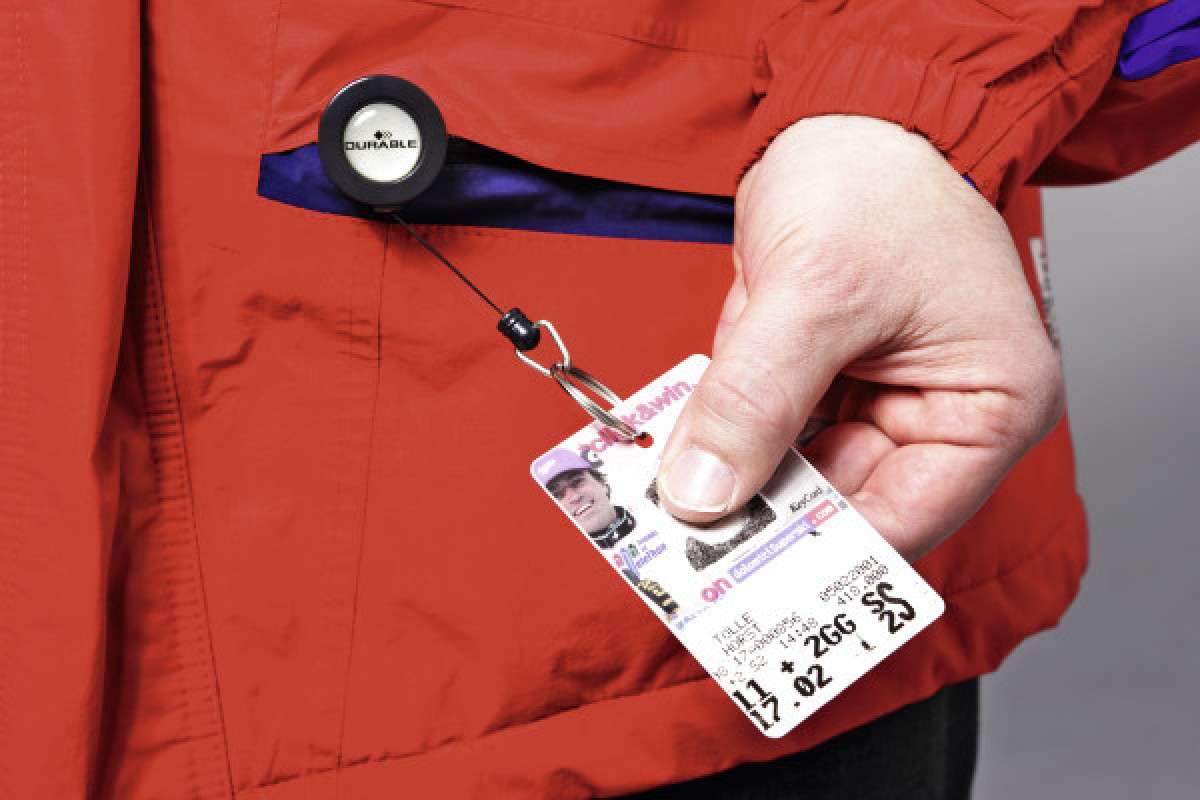Law enforcement agencies are adopting advanced technology to be able to combat the threats of the 21st century. Technology makes their work easier and efficient. Law enforcement agencies need to protect the information they get in the field. In this article, we are going to discuss the various tool that they are using to do so.
Big data
According to IBM, the world generates over two quintillion bytes of data per day. This data is important to different industries. For law enforcement agencies, big data is used to find fingerprints and DNA that can be stored in databases and used to solve crimes by identifying suspects quickly. Analyzing the data helps law enforcement agencies trace patterns of crime and set up traps to arrest criminals. Finding individuals who may be linked to a crime is now a very fast task.
Local authorities have access to the historical criminal information. Most of this information is stored in biometrics that include Iris recognition, fingerprints, facial recognition, and palm prints that can be linked to a crime or a criminal. The current technologies are updated as soon as a new and improved version is out. This makes law enforcement agencies more efficient in solving crime and protecting the people.
Monitoring, detection, and positioning systems.
Through technology, law enforcement officials can easily detect and solve a crime as it is happening in real-time. This technology helps the police to be more proactive. In the past, crimes could happen and police officers could react and try to solve the crime. Police departments have monitoring detection and positioning systems that use technology to help them solve crimes. The technology and gadgets include:-
- Drones. Police officers monitor the location where a crime is expected to happen from an aerial view without being noticed by the criminals. This makes their work easier and gets a closer look at what is happening on the ground
- GPS systems. Global positioning systems help police officers get the location where a crime is to happen and locate the criminals easily. For police departments, they can easily track police officers who are on duty and manage them better. Data that includes the location of police equipment and police officers during working hours is keyed in their reports.
- Number plate scanning. Police departments are issued with license plate scanning technology that helps law enforcement offices to identify a car that has been involved in a crime or gotten stolen instantly. If the person driving has a warrant of arrest, they can easily track and flag the vehicle.
- Surveillance equipment. Police officers are issued with surveillance cameras for them to capture any events that involve crimes and protect the citizens. The surveillance cameras give valuable insight to police working cases.
In-car computers
Law enforcement vehicles are installed with computers. These computers are used to write reports on-site or as the events are happening. The data that the police give has fewer grammatical errors and the criminals? names are correctly spelled. It is hard to miss information if you record your statement outside. The process of uploading the reports online makes police work more efficiently. Through these computers, the data collected is automatically backed up. Backing up the data gets rid of the burden of damages, loss, and theft of the reports.
Through technology, police officers are given the ability to work from anywhere without having to go back to their office desks to write reports. The data from the field is accurate because law enforcement officers do not rely on their memory to write the reports.
Law enforcement transcription
A law enforcement transcriber is an independent person who is contracted by the police departments to breakdown reports from the field. These transcribers work in a transcription agency that is independent of the police department. They receive training to deal with files like recorded police reports, witness interviews, recorded statements, victim interviews, accident reports, wiretaps, crime scene investigation, undercover wire recordings, and investigations of internal affairs. The transcriber’s work is not limited to these tasks only.
Police officers use audio and video technology to help them record their findings in the field immediately. The data from the reports is then sent to the transcription agency, where a transcriber breaks down the data into simple comprehensible information.
Through all these forms of technology, law enforcement officers do their work more efficiently. By using technology, crimes are solved faster and fewer resources are used.?










